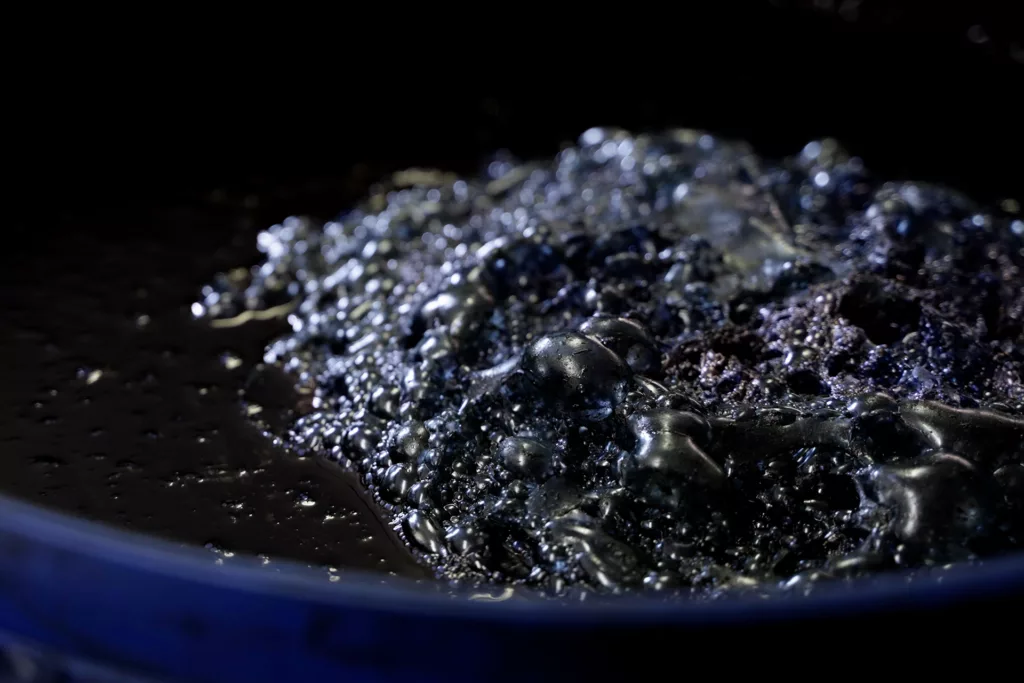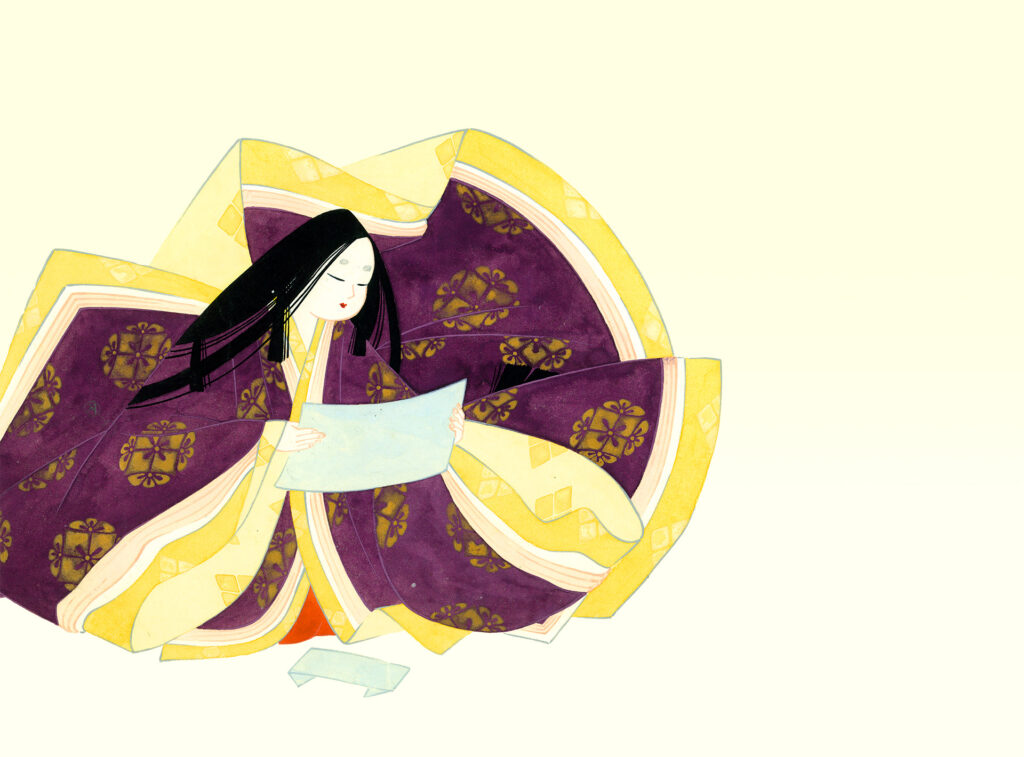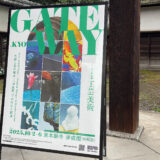This is the second installment of our ranking of the most viewed blog articles over the past year, from 10th to 6th.
10th: Mitate: The Creative Spirit of Japanese Art and the Way of Tea
The article discusses mitate, a Japanese aesthetic concept where one object is reimagined as another to create more profound meanings. This is seen in gardens, ukiyo-e prints, and haiku poetry. The tea master Sen no Rikyū integrated mitate into the tea ceremony, using simple, imperfect objects and unexpected scroll pairings to encourage mindfulness and new interpretations. Overall, mitate encourages a deeper appreciation for the ordinary by revealing hidden connections and fostering creativity.

9th: The Charm and Philosophy of Japanese Gardens
The article explains the appeal and philosophy of Japanese gardens. Japanese gardens are essential for understanding Japanese culture, as they embody concepts such as coexistence with nature and spiritual peace. Japanese gardens utilize elements such as stones, water, and plants to replicate natural landscapes, fostering introspection and tranquility. Unlike Western gardens, which focus on controlling nature, Japanese gardens abstract nature symbolically. They incorporate diverse styles such as the Zen-influenced kare-sansui (dry landscape) and tea gardens. Japanese gardeners are artisans who express culture, philosophy, and art. The close connection between gardens, Zen Buddhism, and the tea ceremony reveals a depth beyond mere scenery, forming a comprehensive art form that overlaps with traditional Kogei art.

8th: POKÉMON X KOGEI Exhibition at the Sagawa Art Museum
The article is a review of the “POKÉMON X KOGEI” exhibition. The exhibition explores the chemical reaction between Pokémon characters and traditional Japanese crafts, featuring works by various artists in fields such as metalwork, ceramics, and textiles. The exhibition is currently on view at the Sagawa Art Museum in Moriyama City, Shiga Prefecture, from March 30 to June 9, 2024, with future touring destinations including the MOA Museum of Art, Azabudai Hills Gallery, and Matsuzakaya Museum of Art. The blog post includes photos of the exhibited works.

7th: The Captivating Colors of Japan, Japan Blue: The Art of Japanese Indigo Dyeing
The article explains the traditional Japanese dyeing technique known as “indigo dyeing.” Indigo dyeing embodies Japanese aesthetics and craftsmanship, and its beautiful blue color has earned it the name “Japan Blue.” Japanese indigo dyeing primarily uses “indigo plants,” which are well-suited to Japan’s climate and soil, resulting in a unique deep blue hue. The process involves planting indigo seeds, harvesting the plants, fermenting the leaves with ash water to create a dye called “sukumo,” and repeatedly immersing the fabric in the indigo liquid, allowing it to oxidize gradually and develop its deep blue color. This meticulous and time-consuming process is deeply rooted in Japanese traditional aesthetics and has made “Japan Blue” a symbol of Japanese art.

6th The Tale of Genji’s influence on Japanese culture
This article discusses the profound and lasting influence of “The Tale of Genji” on various aspects of Japanese culture. Written over 1,000 years ago, this story depicting the lives of aristocrats during the Heian period has inspired writers, artists, and performers for centuries. The tale’s influence is evident in literature, with many writers drawing inspiration from its rich descriptions and psychological portrayals. It has also significantly impacted Japanese art, most notably through the Genji Monogatari Emaki picture scrolls, which beautifully depict scenes from the story. Furthermore, “The Tale of Genji” has shaped the art of incense (Kōdō) and traditional Japanese theatre, with Noh and Kabuki plays frequently adapting its narratives. Even today, the tale continues to inspire contemporary craft artists, who incorporate its motifs into modern works.





